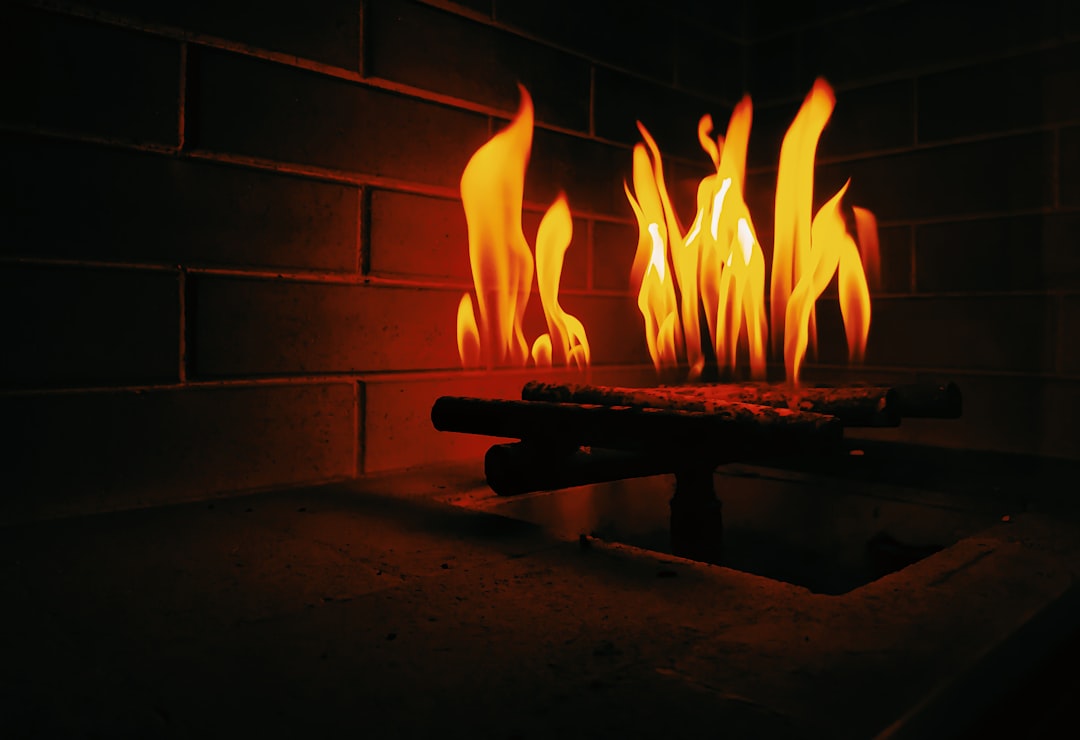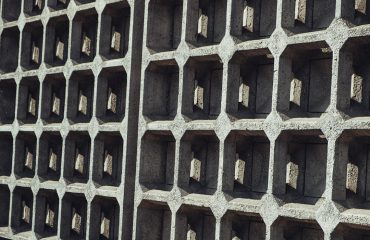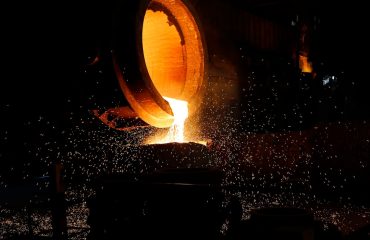Steel pipes are ubiquitous in various industries, from construction and oil & gas to water management and manufacturing. Understanding the different manufacturing processes is crucial for selecting the right pipe for a specific application. This post delves into the key differences between hot-finished and heat-treated pipes, exploring their properties, applications, and cost considerations.
1. The Hot-Finishing Process: Strength and Efficiency
Hot-finishing is a primary steel pipe manufacturing method. It involves rolling a heated steel billet (a semi-finished product) at high temperatures (typically above the steel’s recrystallization temperature) to achieve the desired diameter and wall thickness. This process offers several advantages:
- High Production Rates: Hot-finishing allows for rapid production of large quantities of pipes, making it a cost-effective method for mass production.
- Improved Mechanical Properties: The high-temperature deformation refines the grain structure of the steel, resulting in enhanced strength and ductility.
- Reduced Energy Consumption: While requiring high initial temperatures, the overall energy consumption is often lower compared to some other methods due to the efficiency of the rolling process.
- Larger Diameter Capabilities: Hot-finished pipes are typically produced in larger diameters compared to cold-finished pipes.
However, hot-finished pipes often exhibit lower dimensional accuracy and surface finish compared to cold-finished or heat-treated alternatives. This can necessitate further processing depending on the application.
2. Heat Treatment: Tailoring Properties for Specific Needs
Heat treatment is a secondary process that modifies the microstructure and, consequently, the mechanical properties of steel pipes. This involves carefully controlled heating and cooling cycles to achieve desired characteristics like increased strength, hardness, toughness, or improved machinability. Common heat treatment processes include:
- Annealing: Reduces internal stresses and improves ductility.
- Normalizing: Refines the grain structure, improving strength and toughness.
- Quenching and Tempering: Increases hardness and strength, but requires careful control to avoid brittleness.
Heat treatment can significantly enhance the performance of hot-finished pipes, making them suitable for demanding applications where higher strength, toughness, or specific properties are required.
3. Comparing Mechanical Properties: Strength, Ductility, and Hardness
The mechanical properties of hot-finished and heat-treated pipes differ significantly. Hot-finished pipes generally exhibit good strength and ductility, while heat treatment allows for fine-tuning these properties. Heat-treated pipes can achieve significantly higher yield strength and tensile strength, but this might come at the expense of reduced ductility depending on the specific heat treatment process. Hardness also increases considerably with certain heat treatments, improving wear resistance.
The choice between hot-finished and heat-treated pipes depends on the specific application requirements. For instance, applications requiring high strength and resistance to wear might necessitate heat treatment, while applications emphasizing ductility and formability may benefit from hot-finished pipes.
4. Applications: Where Each Pipe Type Excels
The diverse applications of steel pipes reflect the range of properties achievable through different manufacturing processes. Hot-finished pipes are commonly used in:
- Construction: Structural framing, scaffolding, piling.
- Pipelines: Transporting water, gas, and oil (often with additional coatings).
- General Engineering: Various structural and mechanical applications.
Heat-treated pipes, owing to their enhanced mechanical properties, find applications in:
- High-pressure systems: Oil and gas pipelines, hydraulic systems.
- Heavy machinery: Components requiring high strength and wear resistance.
- Aerospace and Automotive: Applications demanding high strength-to-weight ratios.
5. Cost Considerations: Balancing Performance and Budget
The cost of hot-finished and heat-treated pipes varies depending on several factors, including material grade, diameter, wall thickness, and surface finish. Generally, hot-finished pipes are less expensive to produce due to their simpler manufacturing process and higher production rates. Heat treatment adds to the overall cost due to the additional processing steps and energy requirements. However, the improved performance and suitability for demanding applications often justify the higher cost of heat-treated pipes.
Choosing between hot-finished and heat-treated pipes requires a careful evaluation of the required properties, application demands, and budgetary constraints. Consulting with a materials engineer can help in making an informed decision.
In conclusion, understanding the differences between hot-finished and heat-treated pipes is essential for selecting the appropriate material for any given application. By carefully considering the mechanical properties, applications, and cost implications, engineers and designers can ensure optimal performance and longevity of their projects.
SEO Tags:
hot-finished steel pipes, heat-treated steel pipes, steel pipe manufacturing, pipe mechanical properties, steel pipe applications




